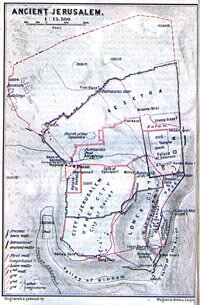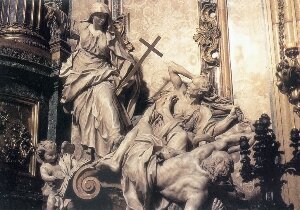known as Alice A. Bailey or AAB, was an influential writer and teacher in the fields of spiritual, occult, esoteric healing, astrological, and other themes. Alice Bailey was born as Alice LaTrobe Bateman, in Manchester, England at 7:32 am GMT. She moved to the United States in 1907, where she spent most of her life as a writer and teacher.
Her works, written between 1919 and 1949, describe a wide-ranging system of esoteric thought covering such topics as how spirituality relates to the solar system, meditation, healing, spiritual psychology, the destiny of nations, and prescriptions for society in general. She described the majority of her work as having been telepathically dictated to her by a "Master of the Wisdom", initially referred to only as "the Tibetan", or by the initials "D.K.", later identified as "Djwhal Khul." Her followers refer to her writings as The Alice A. Bailey material, or sometimes, as the AAB material.
Her writings were influenced by the works of Helena Blavatsky. Though Bailey's writings differ from the orthodox Theosophy of Madame Blavatsky, they also have much in common with it. She wrote about religious themes, including Christianity, though her writings are fundamentally different from many aspects of Christianity and of other orthodox religions. They are, in fact, satanic in nature and origin. Her vision of a unified society includes a global "spirit of religion" different from traditional religious forms and including the concept of the Age of Aquarius.
Controversy has arisen around some of Bailey's statements on nationalism, American isolationism, Soviet totalitarianism, Fascism, Zionism, Nazism, race relations, Africans, Jews, and the religions of Judaism and Christianity. Yonassan Gershom and others have claimed that her writings contain "racist" material.
According to Robert S. Ellwood, her philosophy and publications are still applied by the groups and organizations she founded, such as the Arcane School, the New Group of World Servers, and the Full Moon Meditation Groups that follow her teachings.
Today, Arcane School which Bailey founded in 1923, and The Lucis Publishing Company of New York and the Lucis Press Ltd. of London, England publish the books written by Alice A. Bailey. The
Lucis Trust "World Goodwill" action at present consists of:
1. The distribution of literature all over the world in many languages.
2. The publication of the World Goodwill Newsletter and Commentary.
3. The provision of a study course on the fundamental problems of humanity.
4. Cooperation with the United Nations and its Specialised Agencies.
5. World Service Forums.
World Goodwill is recognised by the Office of Public Information at the United Nations as a Non-Governmental Organisation. It is represented at regular briefing sessions at the United Nations in New York and Geneva.
As of November, 08, 2011, the Lucis Trust descibes
The Esoteric Meaning of Lucifer on their website.
More...




























